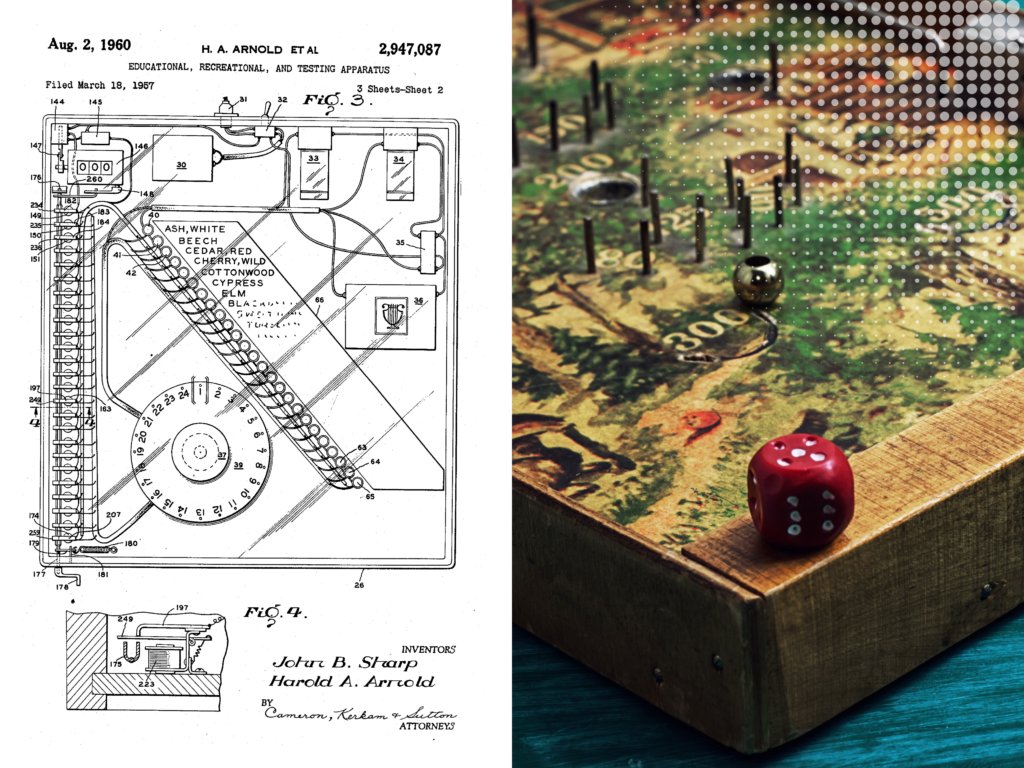In 1960, the University of Tennessee Research Foundation (UTRF) marked a significant milestone with the patenting of the “Educational, Recreational, and Testing Apparatus” by researchers John B. Sharp and Arnold Icesy Hayes. This innovative device transformed both the educational landscape and the world of recreational games, introducing a new way to engage and educate users through interactive learning.

The genius of this apparatus lies in its versatility and simplicity. It was designed to serve dual purposes: in educational settings, it functions as a powerful tool for teaching and testing students, while in recreational contexts, it offers an engaging platform for quiz-based games. The core of the apparatus is a display board, where questions or specimens—such as plant species, historical facts, or mathematical problems—are presented to the user.
Here’s how it works: users are prompted to identify the correct answer to the question or correctly classify the specimen on display. Once they make their selection, a tuned mechanism within the apparatus provides immediate feedback. If the answer is correct, a pleasant “correct” bell rings, rewarding the user and reinforcing their learning. If the answer is incorrect, a different bell rings, signaling the need to try again. This immediate feedback loop not only enhances the learning experience but also adds an element of fun and excitement, making the process more engaging.
This innovation was ahead of its time, combining education with entertainment in a way that was both effective and enjoyable. It encouraged active participation, turning what could be passive learning experiences into dynamic interactions. In classrooms, it became a valuable tool for teachers, allowing them to assess students’ understanding in real-time and adapt their teaching methods accordingly. In recreational settings, it provided endless hours of fun, whether in family game nights or educational competitions.

The impact of Sharp and Hayes’ invention extends far beyond its initial patent. It paved the way for the development of more sophisticated interactive learning tools and educational games that are commonplace today. From early childhood education to adult learning, the principles behind this apparatus continue to influence how we approach teaching and learning, blending the best of education with the joy of discovery and play.
As we reflect on this historic achievement, it’s clear that the “Educational, Recreational, and Testing Apparatus” was more than just a device—it was a pioneering step toward making learning an interactive, engaging, and enjoyable experience for all.